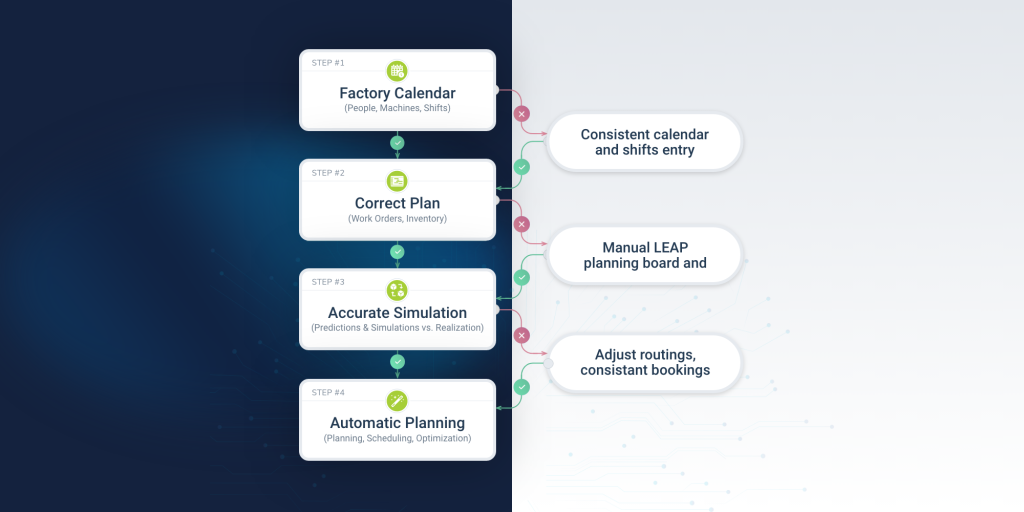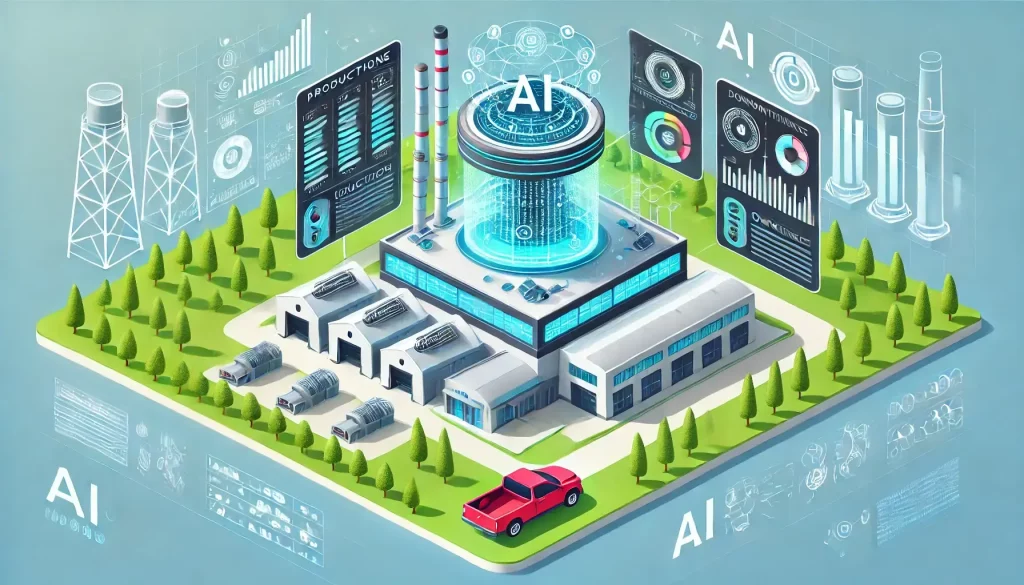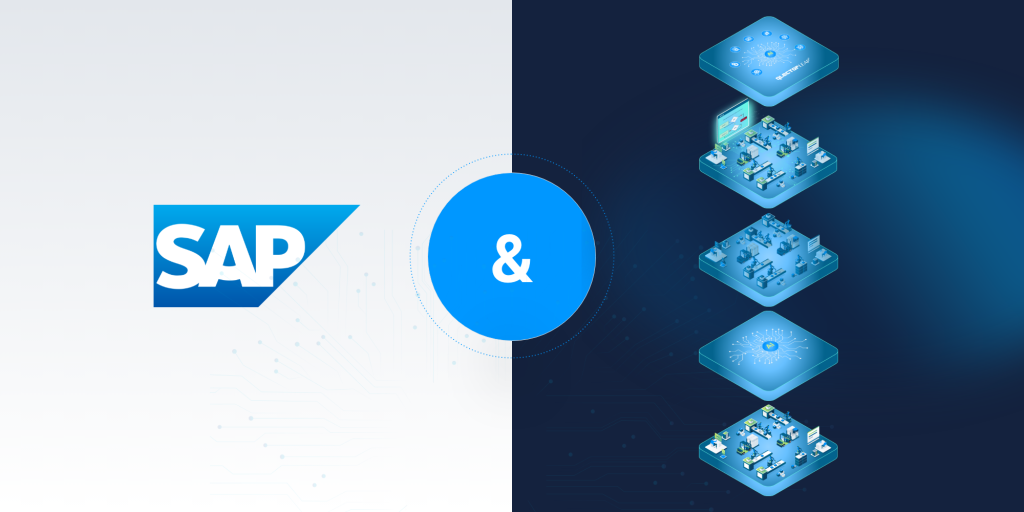Over the past months, the world has witnessed the awe-inspiring capabilities of AI, and it is evident that significant changes are on the horizon for various aspects of our lives. Some of these changes are already underway and have been in progress for the past decade. Kostas Kalaboukas is the Head of Innovation Management and New Solutions Development at Gruppo Maggioli-Greek Branch, an organization based in Italy with branches in Spain, Colombia, Belgium, and Greece. He was the keynote speaker at the “Digitalization in the Process Industry: Overcoming Challenges and Maximizing Opportunities” event, which took place on June 13, 2023. With their connections to the latest trends, needs, and solutions in the digitization market, Gruppo Maggioli are at the forefront of innovation. At their main innovation hub, Artist Plus in Athens, Kalaboukas and his team develop new strategies and utilize innovation to solve problems mainly in industrial environments and smart cities. With 23 years of experience in the software industry, he has specialized in the analysis and management of innovation and digitalization across different sectors.
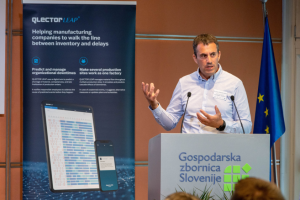
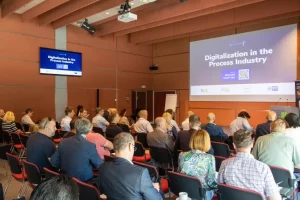
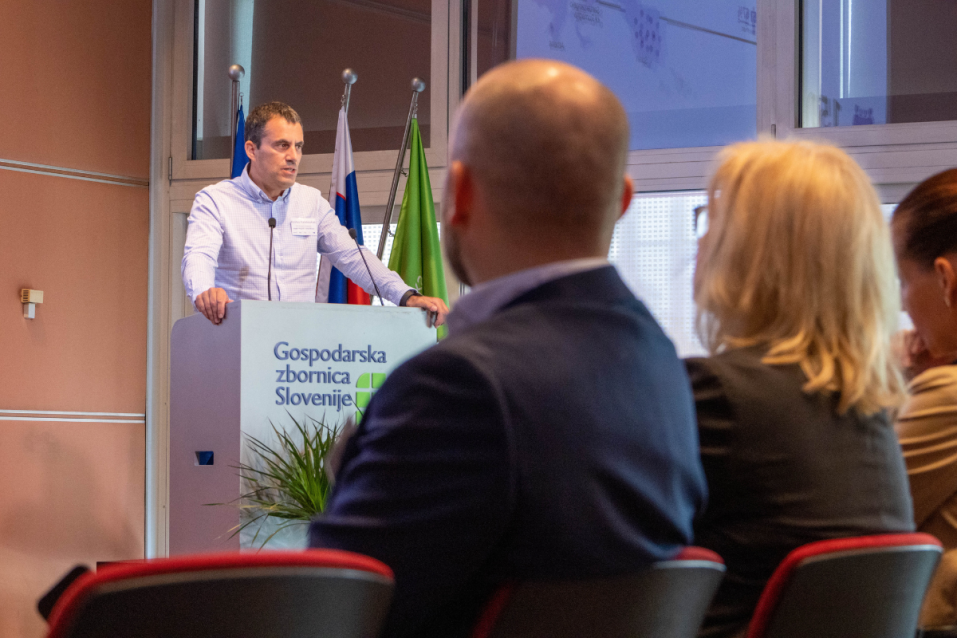
“ICT in production enables transparency and flexibility.”
It comes as no surprise that manufacturing has undergone significant changes over the past two decades. With the advent of the fourth industrial revolution and the integration of Information and Communication Technology (ICT) and Enterprise Resource Planning (ERP) systems into production, the aim has been to transition from paper-based processes to digital operations. This shift enables organizations to work with data, analyze it, and derive valuable insights. Initially, the introduction of digitized processes focused on “simpler” areas such as accounting, administration, and business intelligence. Over time, the focus expanded to encompass the physical reality of production logistics and manufacturing machines. The development of smart sensors and the Internet of Things (IoT) facilitated the collection of data from the physical environment. As Kalaboukas explains, this data provides the foundation for more advanced analytics, model building, the creation of digital twins, and the utilization of artificial intelligence.
Digital twins: A window into the organization and a projector for future optimization
The current wave of innovation represents the culmination of years of progress and an integrated approach. One notable manifestation of this progress is the concept of digital twins, which refers to the digital representation of assets and processes within an organization. Digital twins go beyond visual representations; they offer predictive capabilities, the ability to test different scenarios, analyze behavioral patterns, simulate the impact of specific events, and optimize processes with ease. By leveraging digitized systems, organizations can achieve real-time information flow, transparency in the digital supply chain, event detection at any stage, and the flexibility to adapt to changes or deviations. This deeper understanding of behavior, patterns, and hidden solutions within an analog reality empowers organizations with valuable insights and actionable opportunities.
An unexpected catalyst for change
According to Kalaboukas, the COVID-19 pandemic has highlighted the importance of supply chain resilience. Supply chains have become more dynamic, making linear predictions increasingly challenging. This realization has prompted companies across various industries to pay greater attention to leveraging existing data and harmonizing systems to support more complex capabilities. Kalaboukas explains that these tools not only facilitate everyday responses and reactions to events but also aid in strategic decision-making. In the process industry, common challenges revolve around resource consumption and production scheduling. Digital twins have proven beneficial in optimizing resources such as electricity, machine usage, water, time, and labor. Additionally, they enable production scheduling by providing an overview and facilitating optimal decision-making, considering the ever-shifting elements and capacities involved.
Understanding the problem to find the solution
When choosing the best solution, companies prioritize understanding and solving their specific problems rather than being swayed by buzzwords or trendy technologies. As Kalaboukas highlights, “companies care about how they will solve their specific problem or improve a process. The basic question here is to understand what their main problem is.” Once the problem is identified, the selection of the appropriate technology or solution is based on the nature and specific requirements of the problem at hand. While each company may have its unique set of challenges, resource consumption and production scheduling are common concerns in the process industry. Digital twins have demonstrated their value in optimizing resources and offering a holistic view of production scheduling while considering various resources and constraints.
Every organization is unique
When embarking on an implementation project, Kalaboukas and his team undertake a thorough exploration of the client company’s specifics and requirements. They aim to understand the existing technology landscape and determine how the solution can best serve the company’s processes. Kalaboukas emphasizes that organizations are complex entities with their specific characteristics, and a one-size-fits-all solution is rarely feasible, particularly in the manufacturing sector. Therefore, flexibility is crucial to adapt the solution to each company’s needs while achieving a common result through a unified user interface or data processing system. The initial steps involve gathering data, building models, comprehending them, and conducting small-scale pilot tests that can later be scaled up to a fully functional solution. When asked about the role of AI, Kalaboukas offers a reserved perspective, acknowledging the challenge of predicting its future development. He explains, “with the novelty of AI, we are entering an era that is a bit fuzzy. However, for certain problems, AI development has presented more benefits than challenges.” He foresees a rise in the number of AI implementations in the coming years, leading to increased digitization of processes across multiple industries.
Waste management, recycling, and sustainability.
Kalaboukas’s presentation at the “Digitalization in the Process Industry” event delved into how digital twins can serve as enablers for circular process industries. He shared his experiences and insights on how digital twins support long-term sustainable production processes. Many companies are embracing circularity in their operations, either due to customer requirements or legislative mandates. The overarching trend focuses on waste reduction, recyclable materials, and changes to business models. Kalaboukas provided concrete examples of how digital twins can optimize the supply chain at every stage, ensuring transparent and confidential information flow to benefit all stakeholders. It is important to note that circular principles, such as waste reduction, recycling, and local integration, offer not only environmental advantages but also economic benefits. They help shorten the time required for failure response (example local models for repair and refurbishment), reduce energy consumption, and optimize production scheduling by considering all available resources. Kalaboukas concluded his insights with real-world cases, examples, and quantitative data.

